
Superman, created by writers Jerry Siegel and Joe Shuster in 1938, is often seen as the original superhero. He set a standard that remains popular today with his diverse abilities, vibrant attire, heart-wrenching backstory, secret persona, and an ensemble of allies and adversaries. His unwavering commitment to uphold truth, justice, and American values in an ongoing struggle is well-known.
While it’s important to note that Superman wasn’t the very first superhero to appear in a live-action movie, he actually came after Captain Marvel (who is now known as Shazam). This is because Captain Marvel had his own serial film titled “Adventures of Captain Marvel,” which was released way back in 1941. Before Superman’s 1948 adventure serial, several other superheroes had already made their screen debuts. For instance, Batman appeared in his first adaptation in 1943, and lesser-known DC characters like Spy Smasher and Hop Harrigan also beat Superman to the big screen.
After Superman made a successful debut on the big screen, especially following the 1978 film Superman starring Christopher Reeve, he has been recognized as one of the leaders in this medium. Nevertheless, theaters haven’t always been friendly to Superman, often known for flying high. Unfortunately, he’s experienced more than his fair share of cinematic setbacks.
The future of Superman seems promising again, thanks to James Gunn’s latest take, making it an ideal moment to revisit the cinematic journey of the iconic superhero who sparked the world’s fascination with comic books and comic-book films. Here follows my personal ranking of all his theatrical movies thus far – including Gunn’s – arranged from least favorite to favorite.
Every ‘Superman’ Movie, Ranked From Worst to Best
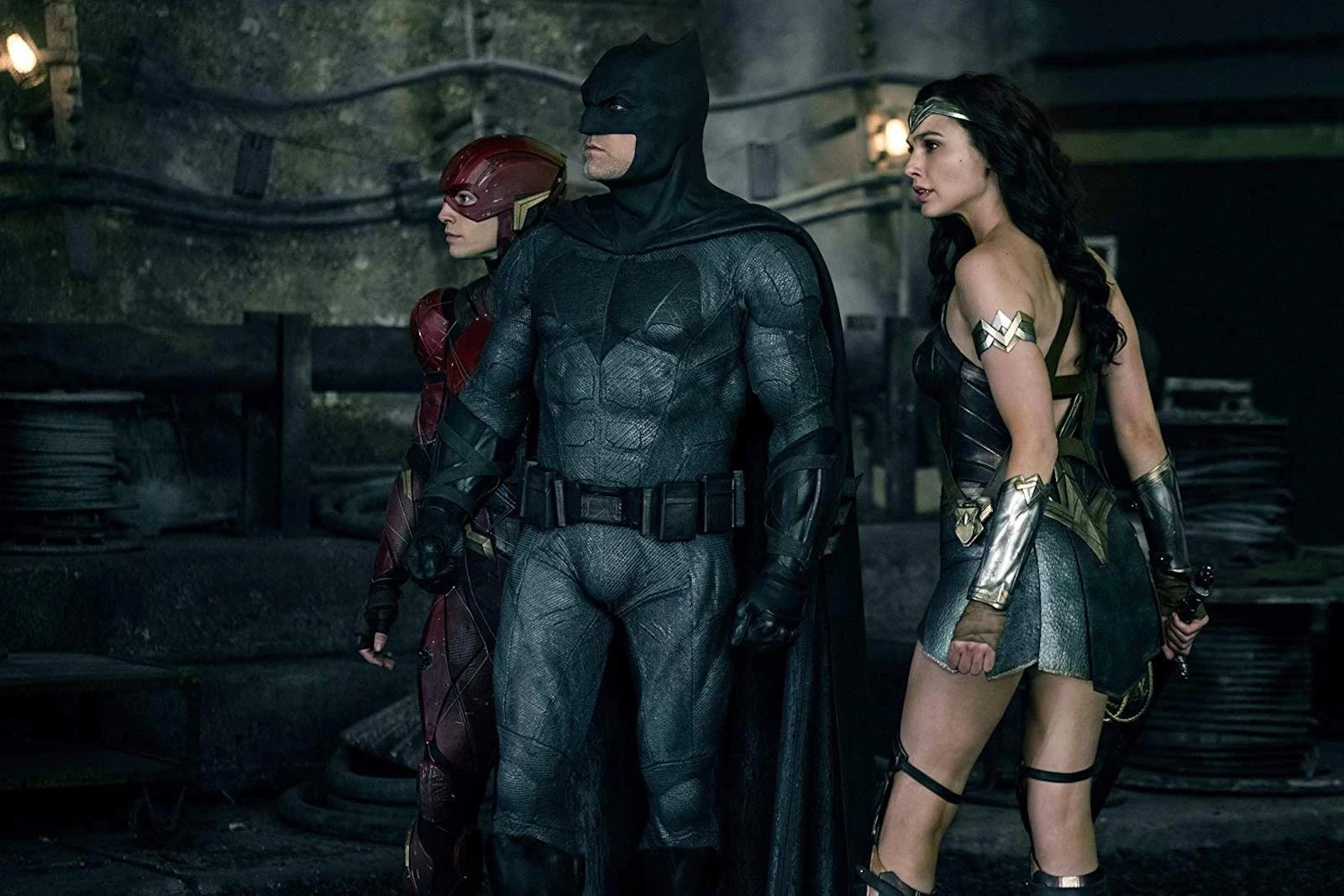
11. Justice League (2017)
Oh dear, Justice League was supposed to be the culmination of a connected narrative. However, it turned out to be the low point for what had once been a promising film universe. Originally directed by Zack Snyder, he left due to personal matters, and Joss Whedon stepped in. The final product doesn’t seem like something either of them would have created.
The editing is uneven, the mood is inconsistent, and the primary antagonist is a bland CGI figure with no character or driving force. (Believe it or not, he wants to conquer the world! Yes, that’s his goal!) Although Snyder’s version is now available on streaming platforms, the original Justice League remains the poorest portrayal of Superman in film history.
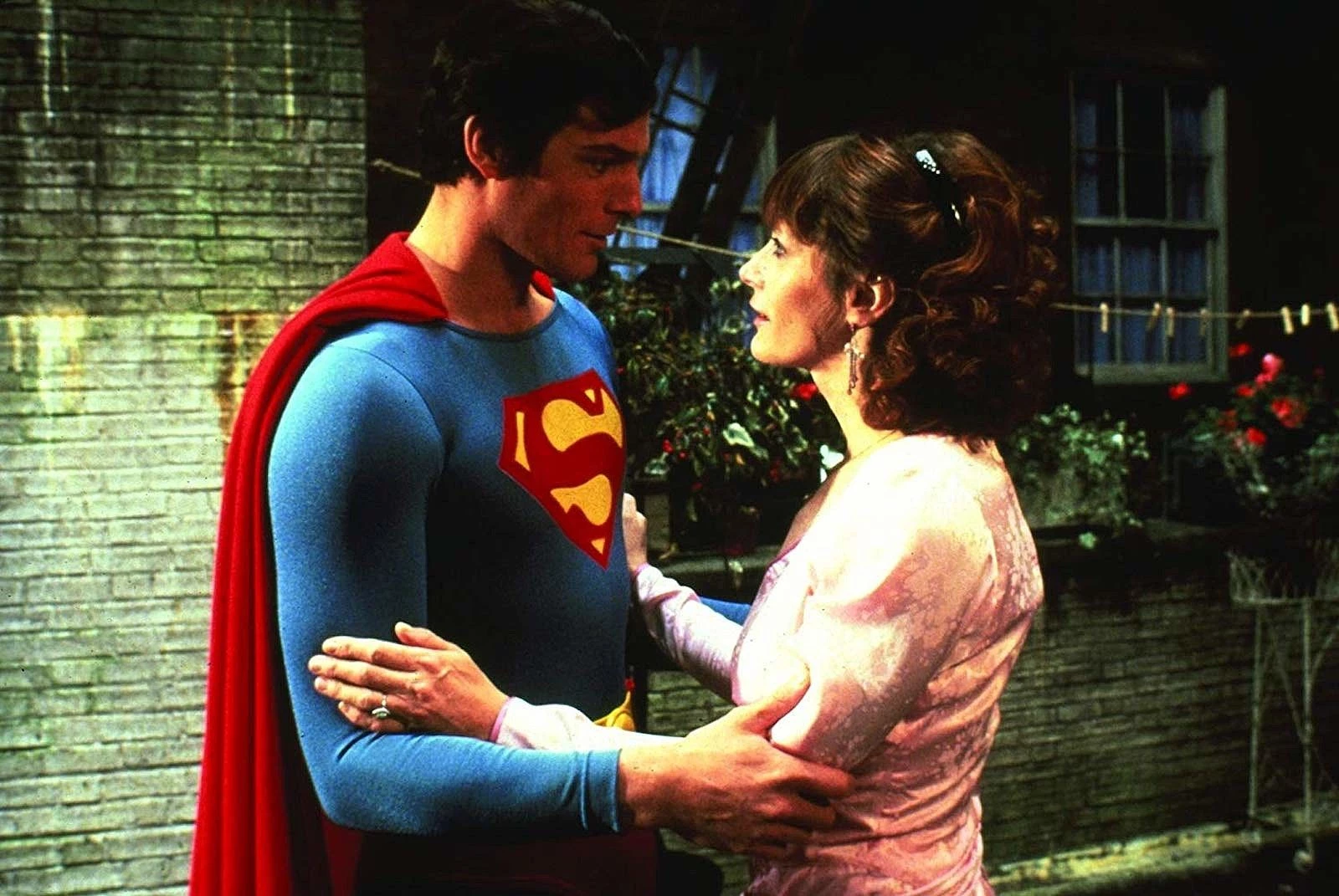
10. Superman IV: The Quest For Peace (1987)
In contrast to its popular perception, Christopher Reeve’s final portrayal as Superman in “The Quest For Peace” (1987) is somewhat better, but not by a significant margin. The rights for the Superman franchise had been transferred to Cannon Films, known for their exploitative projects, which led to an extremely low budget of approximately $17 million compared to the $55 million spent on the initial film almost a decade prior. This frugal spending is evident throughout the production.
Despite these limitations, Gene Hackman delivers a strong performance as the villainous Lex Luthor, there are entertaining fight scenes, and Christopher Reeve brings all his energy to Superman’s struggle against his most significant adversary yet: The impending threat of nuclear war.
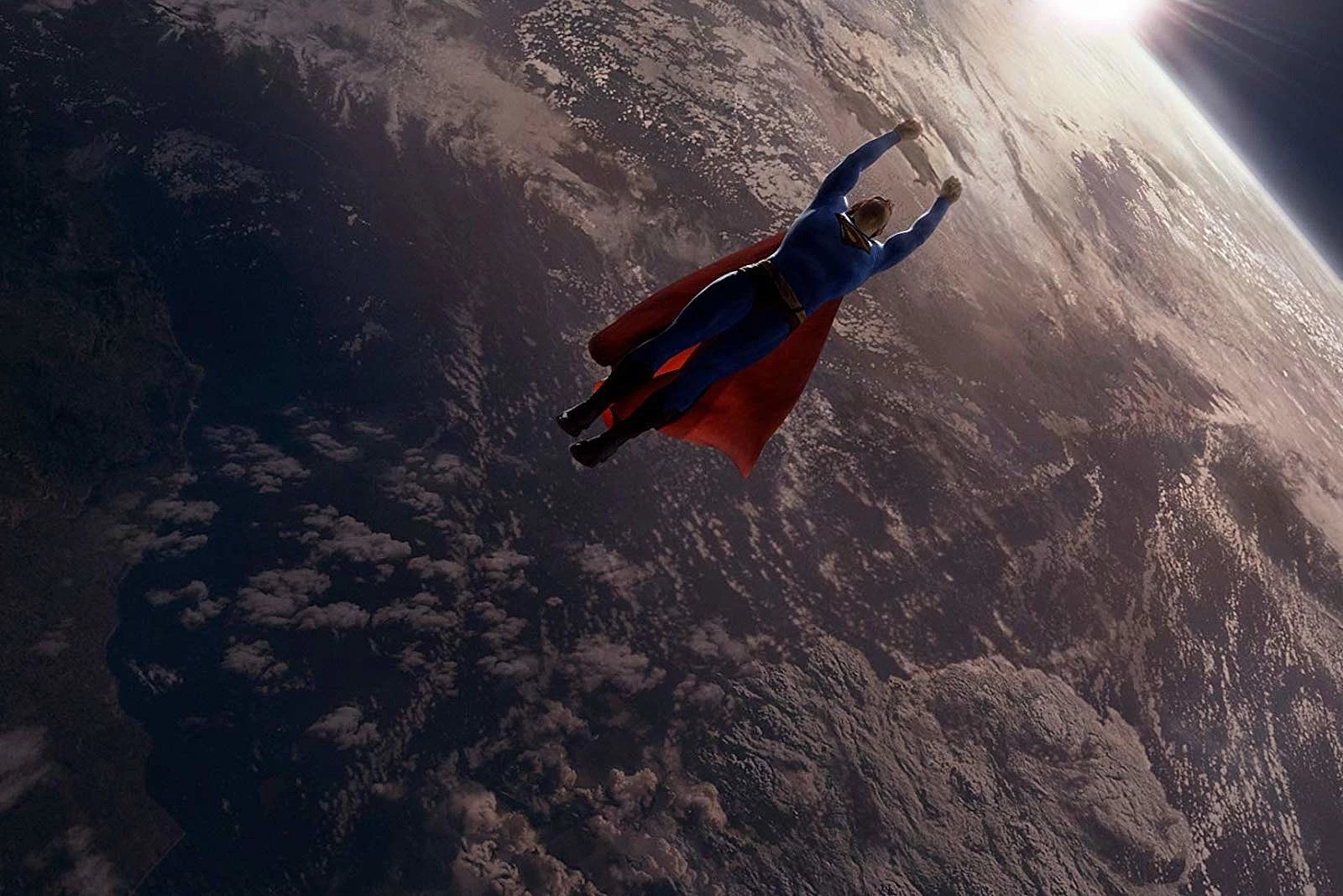
9. Superman Returns (2006)
One of the standout scenes in any superhero movie, where Superman (Brandon Routh) saves an airplane from crashing, is particularly impressive. However, the rest of Superman Returns seems overly focused on replicating the atmosphere of the first two Superman films directed by Richard Donner, despite being made many years later without any of the original cast. This gives the movie a somewhat static, museum-like quality. Additionally, a fascinating aspect of the story is abruptly introduced as a surprising twist towards the end of the third act, which seems to have been done solely to set up a sequel that Warner Bros. ultimately did not produce. If the entire film had centered around this intriguing element, it could have been much more compelling.
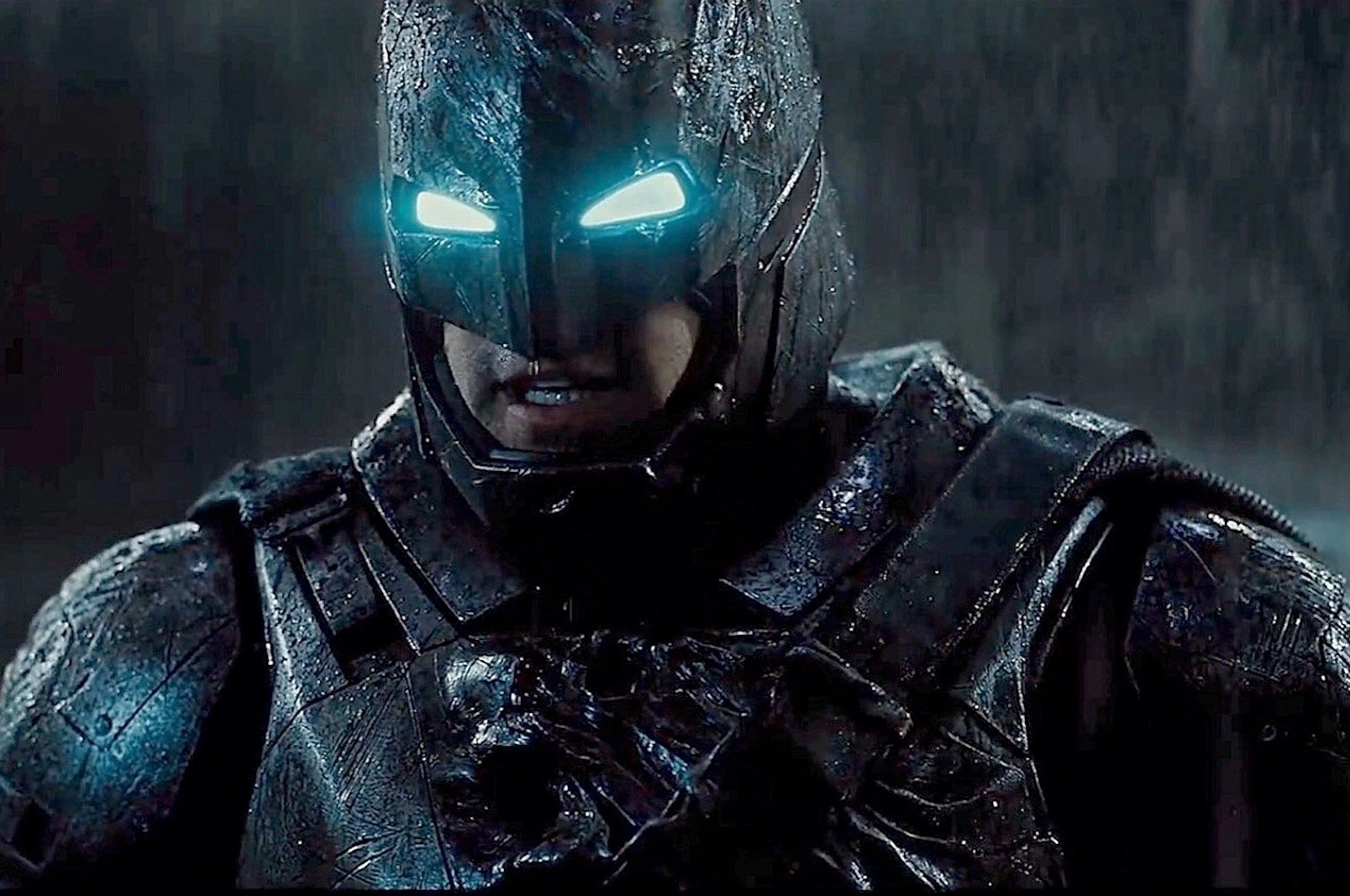
8. Batman v Superman: Dawn of Justice (2016)
In the DC Extended Universe, longtime comrades have their initial encounter and end up fighting each other instead. Batman, played by Ben Affleck, accuses Superman, portrayed by Henry Cavill, of causing the destruction of Metropolis during the events of ‘Man of Steel’. While his allegation could hold some truth, the confrontation between these two iconic figures in ‘Batman v Superman’ becomes overly macho and testosterone-filled, bordering on self-mockery at times. The ensemble cast is strong, with standout performances from Henry Cavill, Ben Affleck as a somewhat underrated Batman, and Gal Gadot making her impressive debut as Wonder Woman. However, the rivalry between these two titans becomes so exaggerated that it tarnishes the character named Martha’s credibility in future appearances.
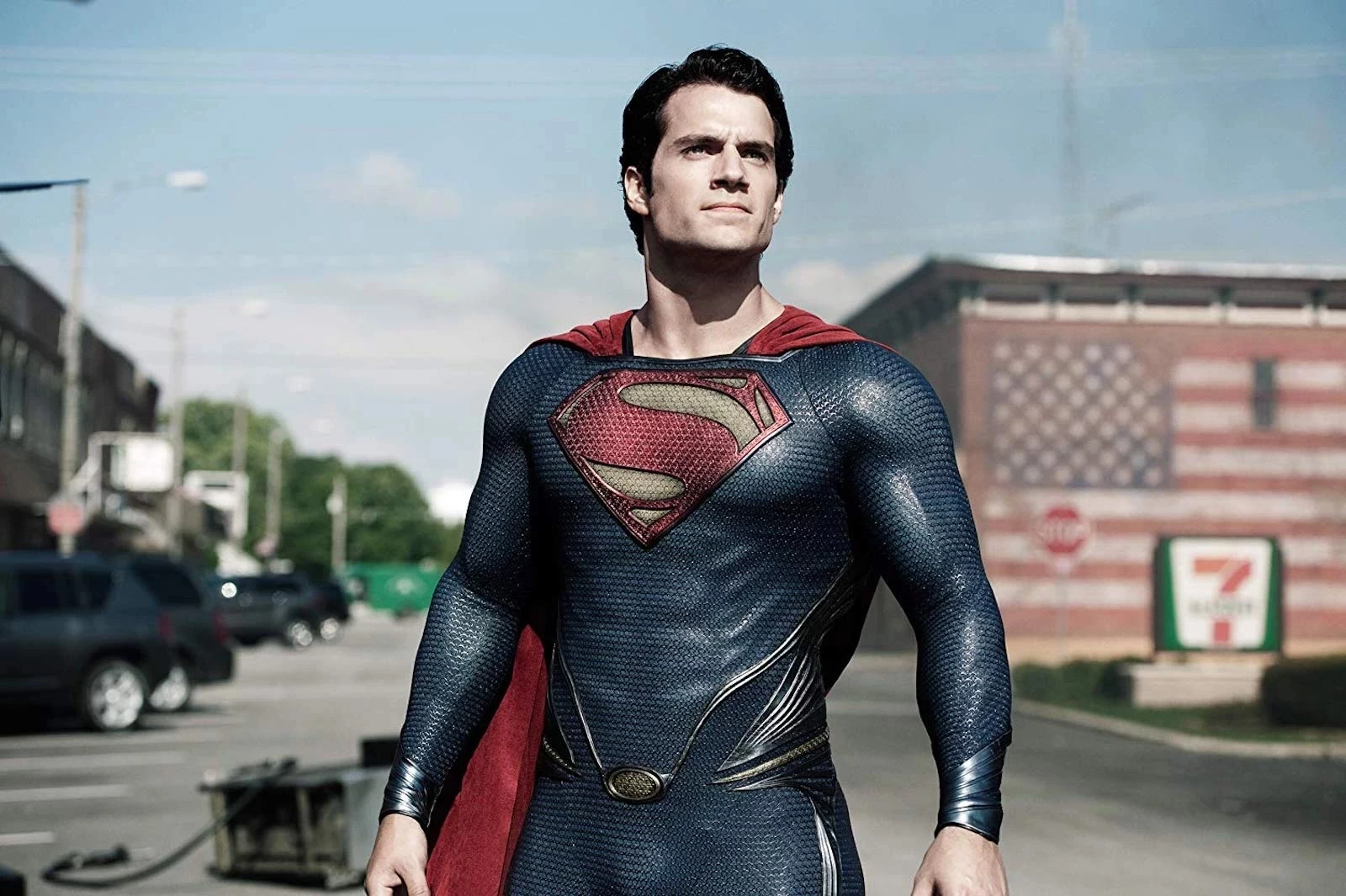
7. Man of Steel (2013)
Clark Kent, still young, exclaims that the world is too vast. His mother responds with a reassuring suggestion to make it seem smaller. If only Zack Snyder had heeded Ma Kent’s advice, perhaps ‘Man of Steel’ could have better captured the essence of its title character. Instead, the movie portrays Clark less as a beacon of hope and more as an outsider alien, potentially endangering humanity rather than saving it. At the very least, this interpretation offers a fresh perspective on the character.
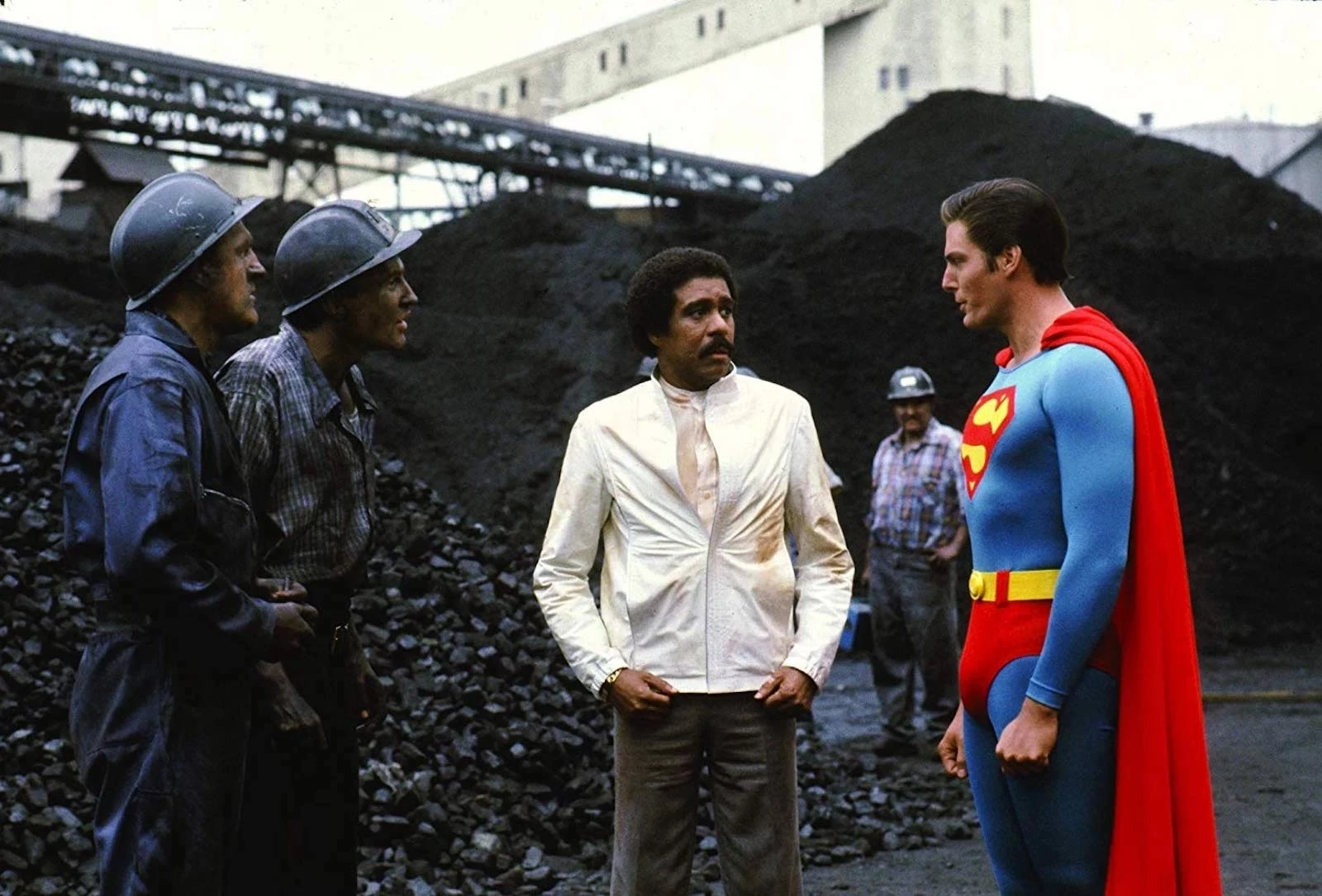
6. Superman III (1983)
In a world dominated by blockbuster superhero films that threaten the universe’s existence with grandiose battles and dazzling visual effects, there is merit in appreciating a seemingly trivial and intentionally comical film like “Superman III”. This movie occasionally delves into a Tati-esque comedic realm, much like an adaptation of a whimsical issue from the “Metropolis World” comic. Additionally, it offers subtle yet poignant critiques of unchecked capitalism – a system Superman has long been engaged in fighting since his initial adventures. Moreover, it’s challenging to overlook a movie where Superman becomes villainous and his first malicious act is straightening the Leaning Tower of Pisa, seemingly just to annoy a modest souvenir vendor. What an ungrateful superhero!
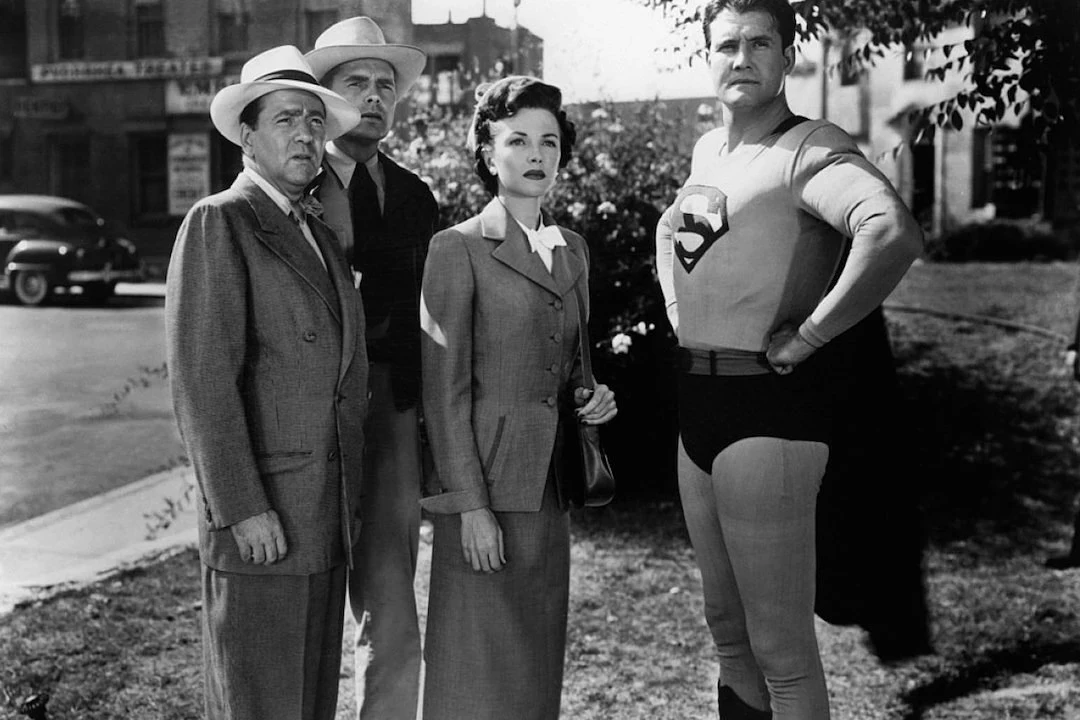
5. Superman and the Mole Men (1951)
The initial DC Comics film served as a precursor for the 1950s “Adventures of Superman” TV series, starring George Reeves as Superman. Although the special effects are largely poor – the imposing “Mole Men” are merely small individuals wearing black turtlenecks and bald caps resembling eggheads – the narrative effectively captures Superman’s moral principles (he defends a very literal little man against mob aggression). George Reeves portrays Clark Kent’s essential kindness and empathy as well as any actor in history.
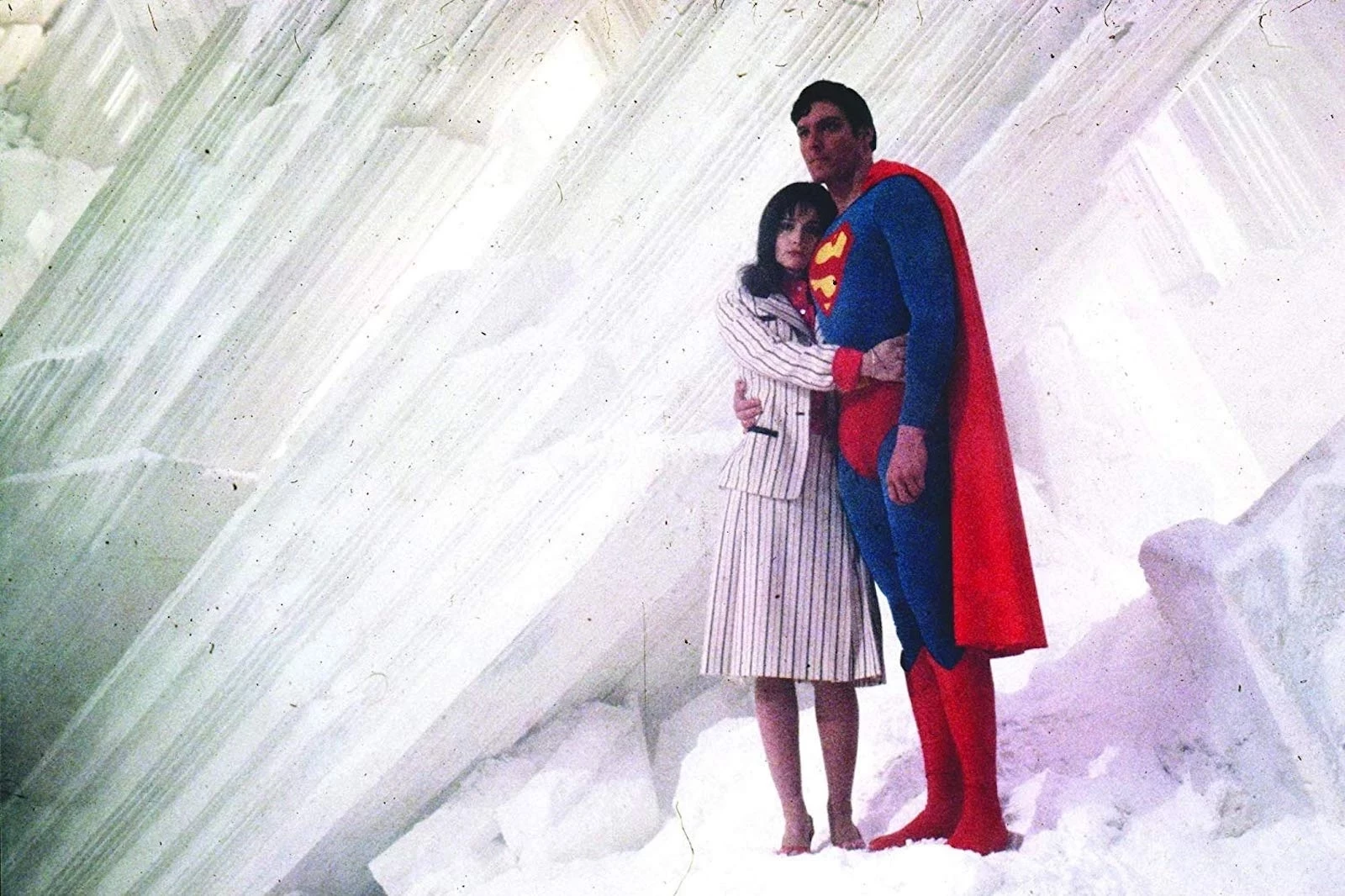
4. Superman II (1980)
Fans hold Terence Stamp’s performance as General Zod and their affection for the iconic line “Kneel before Zod!” in high regard, often overlooking the chaotic state of the film as a whole. Even aspects that were successful in the original Superman, such as the screwball-comedy chemistry between Christopher Reeve and Margot Kidder, seem misplaced this time around. The character of Superman becomes so fixated on showing Lois his Fortress of Solitude that he fails to notice three super-powered Kryptonians taking over Earth! One would think with his super-hearing ability, he’d be more aware. This movie also features magic amnesia kisses, teleportation, and projectile chest emblems; yet, the absence of super-hearing seems odd given these powers. (It’s worth noting that neither version of the film is particularly impressive.)
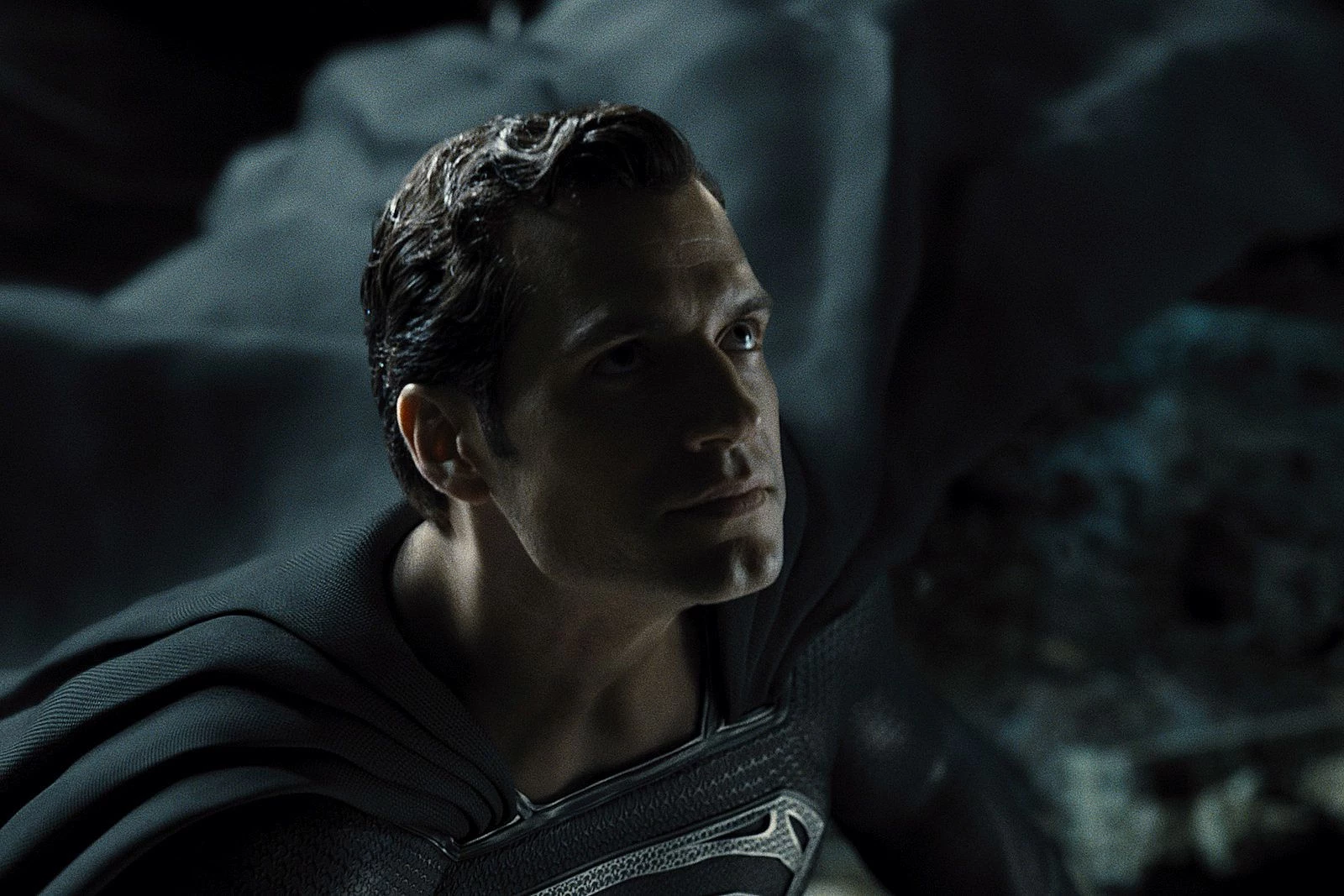
3. Zack Snyder’s Justice League (2021)
Although it’s far from perfect, the Zack Snyder’s Justice League version offers a noticeable enhancement over its originally released counterpart, boasting a more coherent plotline and intricately developed characters, notably Ray Fisher’s Cyborg. Granted, four hours might be somewhat excessive; perhaps the original release was excessively brief, but this extended cut may be too lengthy. Nevertheless, among Snyder’s Superman movies, the Snyder Cut stands out as the finest and likely to shape his corporate legacy.
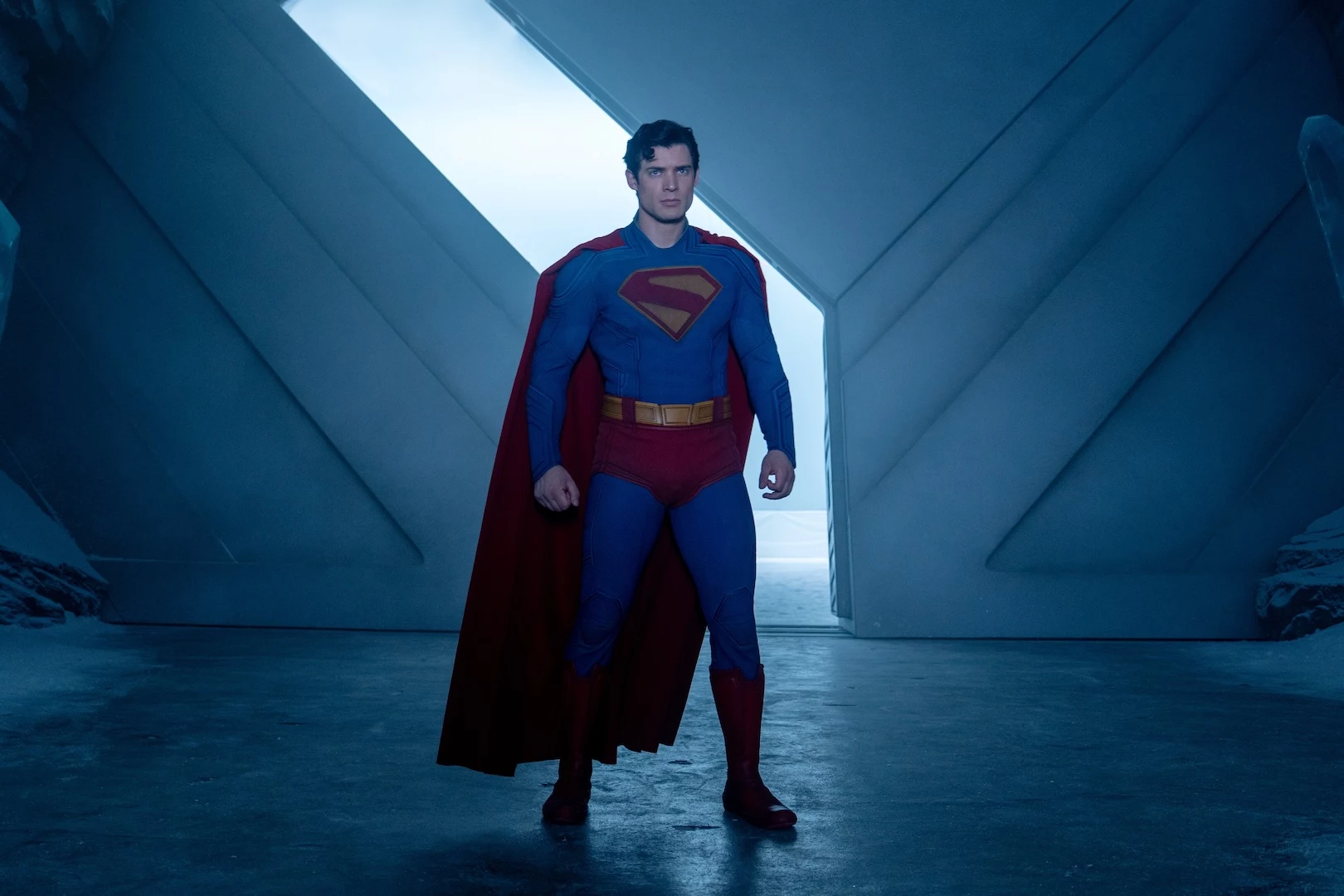
2. Superman (2025)
Many people find it blasphemous to compare the two Superman films, but I’d lean toward Richard Donner’s 1978 original, albeit not by an overwhelming margin. The new Superman film has a superior Lex Luthor (the self-centered and sensitive Nicholas Hoult) and a stellar supporting cast, including Edi Gathegi as Mr. Terrific and Krypto, the scene-stealing and rebellious superpup.
It also features a Superman who is endearingly vulnerable, making him easier to sympathize with and believe in. The film is enjoyable, thrilling, romantic, and even manages to slip in some social commentary. It raises the bar for future DC movies, which is excellent news since it’s intended to be the start of a whole cinematic universe.
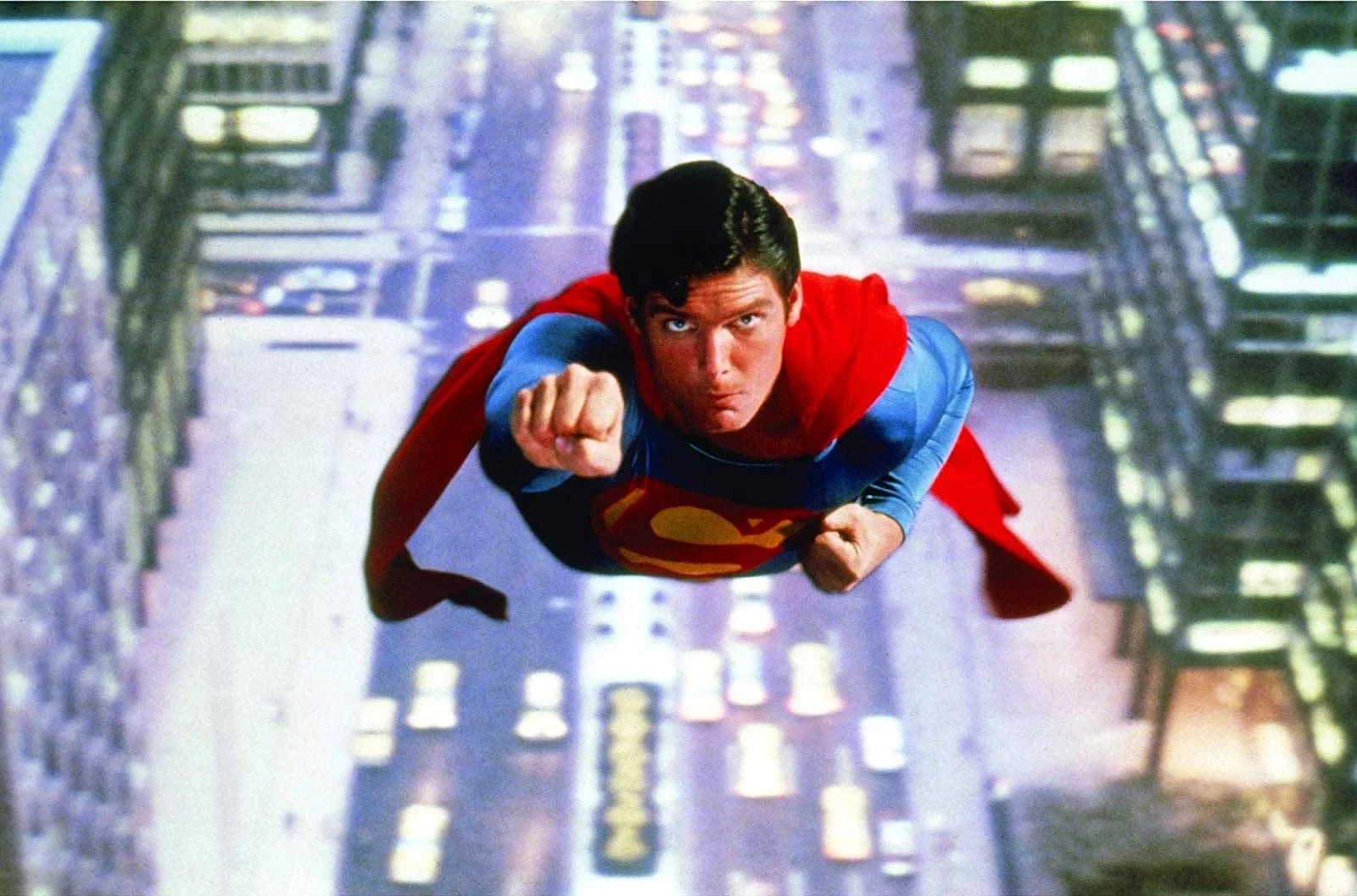
1. Superman (1978)
I strongly feel that no other actor has portrayed Superman (or Clark Kent) as brilliantly on screen as Christopher Reeve. The impact of the original Superman is undeniable, and this extends to John Williams’ timeless score as well. However, Richard Donner’s Superman isn’t flawless; with due respect to Marlon Brando, Glenn Ford, and those who mispronounce ‘Krypton’, the film could have been more powerful if it had skipped its first 45 minutes and begun when Clark Kent arrived in Metropolis. In 1978, most people were familiar with Superman’s origin story, or enough to follow the rest of the movie. But once Reeve appears on screen, his dual portrayal of Superman as a noble hero and Clark Kent as a bumbling character propels the entire production skyward.
DC Comics That Can’t Become DC Movies

The Adventures of Jerry Lewis
In the 1950s and ’60s, DC saw great success with a comic book featuring the zany screen character of comedian Jerry Lewis. Initially, this comic was a two-person act starring Lewis and his comedy partner Dean Martin; after they parted ways, it continued as “The Adventures of Jerry Lewis” for another 80 issues. During its solo run, Jerry crossed paths with numerous DC Universe superheroes such as Batman, the Flash, and Superman. Over the years, due to DC’s multiple reboots and restarts, it can be challenging to determine Jerry Lewis’ current status within DC Comics. However, there is one DC superhero who won’t be getting his own DCEU (DC Extended Universe) film.
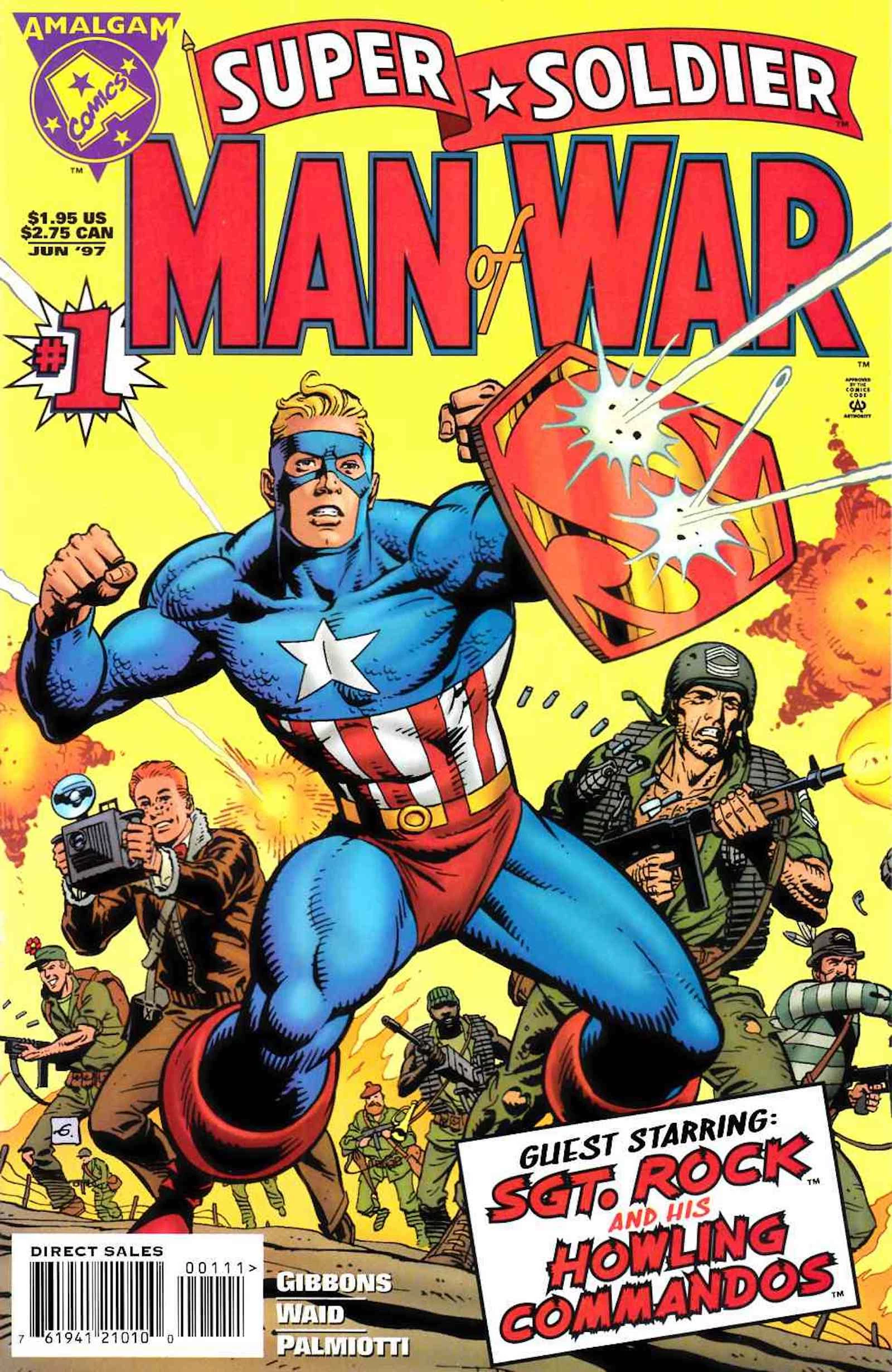
Amalgam Comics
For approximately two decades, Marvel and DC Comics have maintained separate universes for their characters. However, in the 1990s, there was a trend of intercompany crossovers, with the most notable being the epic war called “DC vs. Marvel“, which saw iconic characters from both comic realms clash against each other. The outcome of these battles resulted in a brief stalemate, leading to the creation of a combined universe known as the “Amalgam Universe”, where titles featuring merged Marvel/DC characters like Super Soldier (a blend of Superman and Captain America), JLX (Justice League plus X-Men), and Dr. Strangefate (Dr. Strange mixed with Brother Power, although I must admit it was actually Dr. Fate) were published.
The Amalgam books proved to be a successful endeavor, prompting the companies to release another wave of these titles the following year. Since then, it’s been 25 years since any Amalgam characters (who are jointly owned by Marvel and DC) have had the limelight. Although a full-blown DC vs. Marvel film is too intricate to ever materialize, some fans may have envisioned it after seeing the one-time crossover in Spider-Man: No Way Home.

Captain Action
In the 1960s, Captain Action was introduced as an alternative to the original G.I. Joe action figures. This character could be customized with additional costumes inspired by popular superheroes such as Superman, Spider-Man, and Flash Gordon. The concept proved successful enough to warrant a DC comic book series in 1968 featuring Superman. However, after only a few issues, Captain Action disappeared from the pages of DC Comics. Although there have been occasional toy revivals, he has yet to make another appearance within the DC comics universe.

Doc Savage
In simple terms, Doc Savage is a character who shares the distinction of being both a DC and Marvel hero that has never had a movie made about him. Over the years, the rights to produce new stories about this classic pulp hero have been passed between these two companies. While some of these tales were not part of the main DC storyline, in the late 2000s, DC published a series of comics called “First Wave” with the intention of incorporating Doc Savage and other licensed pulp characters into their universe. Unfortunately, much like many other licensed comic books throughout history, once the license expired, so did the comics featuring Doc Savage, leaving his future uncertain.
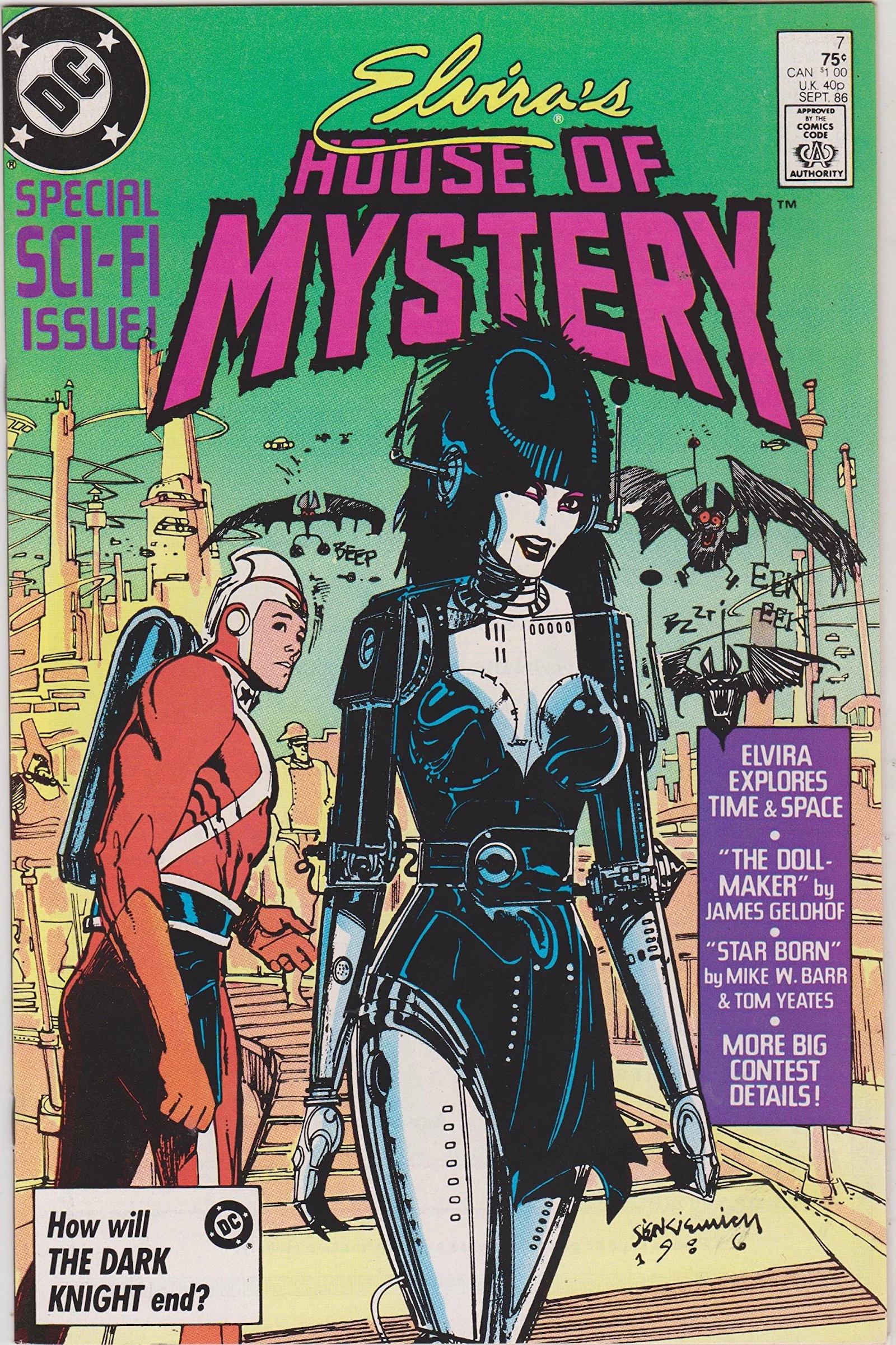
Elvira’s House of Mystery
The “Mystery House” is a lasting idea from DC Comics, serving as the platform for horror anthology tales, similar to what one might think of as DC’s version of “Tales From the Crypt.” In the late ’80s, this comic book was given an unexpected change and renamed “Elvira’s House of Mystery,” featuring Elvira, the well-known hostess of horror movies, taking on a role similar to the Cryptkeeper as she led readers through a series of stories. However, “Elvira’s House of Mystery” only lasted for less than a year before disappearing from comics. It would be an unusual choice for a DC movie. Instead, it’s being developed into a series on HBO Max, which could potentially work well.

Fallen Angel
Historically, DC Comics has been cautious about integrating their primary comic universe with adult-oriented series. Most such works were kept separate under labels like Vertigo Comics. However, an exception emerged in 2003 when Peter David and artist David Lopez introduced the dark superhero story, “Fallen Angel.” Although never confirmed, the protagonist of this book was heavily suggested to be the Supergirl character that David had written for several years before a storyline shifted Supergirl back to her original roots as Superman’s cousin from Krypton.
Before any direct link could be established, DC Comics decided to cancel the series. Following this, David transferred “Fallen Angel” to rival publisher IDW. As a result, any ties to David’s version of Supergirl became subtle references, and the prospects of a “Fallen Angel” movie within the DCEU diminished as well.

Masters of the Universe
In the 1980s, the rights to produce Masters of the Universe comics were given to DC Comics. Before launching their own Masters miniseries, they introduced He-Man and Skeletor into the DC Universe in an issue of DC Comics Presents, a comic book series that paired Superman with a different guest star each month.
More recently, DC regained the rights to publish Masters comics, resulting in a storyline that merged the characters from He-Man with those from the well-known Injustice fighting game series. It’s speculated that an Injustice/Masters video game could be developed, but a movie is unlikely.

Peter Cannon, Thunderbolt
As a passionate film enthusiast who adores comic book lore, let me share an intriguing tidbit from my collection. In the 1980s, DC Comics acquired characters from their rivals at Charlton Comics, such as Blue Beetle, Captain Atom, and Peter Cannon, also known as Thunderbolt. This orphan, trained to perfection in a monastery, was one of those characters added to the DC universe during the Crisis on Infinite Earths mini-series.
However, unlike other Charlton heroes, the rights to Peter Cannon reverted back to his creator’s estate, so we won’t be seeing a standalone Peter Cannon: Thunderbolt movie from DC. But here’s an interesting twist – Alan Moore’s iconic work, Watchmen, was loosely inspired by the Charlton library. The character of Ozymandias was a creative reinterpretation of Peter Cannon, crafted by Moore and artist Dave Gibbons. So in essence, you’ve already experienced a piece of the Thunderbolt storyline through Watchmen.

The Shadow
In a different wording: The enigmatic pulp character, the Shadow, played a significant role in DC’s “First Wave” comics, yet he has also had multiple stints at DC, notably during the 1970s, late 1980s, and late 2010s. In his run during the 1970s, he even collaborated with Batman in a single issue of “Batman.” Given their similar appearances and crime-fighting methods, they would make captivating characters to appear together in a film. However, bringing such a movie to life would be a complex negotiation between the rights holders of both characters.

The Shield
Archie Comics is renowned for its teen humor and romance stories, but it also has a series of superheroes such as The Shield, The Fly, and The Comet. On occasion, Archie has given permission to other companies to use these characters, and in the mid-2000s, they were temporarily integrated into the main DC Universe; this is where The Shield appeared alongside a character called Magog from DC’s acclaimed miniseries, “Kingdom Come.” However, when Archie Comics and DC ended their partnership, so did the superheroes’ tenure at the company.

Sovereign Seven
Following his 15-year tenure as the primary writer of Uncanny X-Men and various spin-offs at Marvel, Chris Claremont switched to DC Comics, introducing Sovereign Seven. This new series revolved around a group of extraterrestrials living on Earth who were part of several major DC events, such as “Genesis,” interacting with numerous other DC superheroes. For a time, Power Girl even joined the team.
Sovereign Seven marked a significant milestone in DC’s history as it was their first creator-owned series within the main universe. This meant that after the book concluded, Claremont owned all characters and had the freedom to publish them elsewhere if he chose. This led to an intriguing last issue where the entire Sovereign Seven series up to that point – approximately three years of stories – were depicted as a comic book created by two artists within the DC Universe. Following the conclusion of Sovereign Seven, Claremont returned to Marvel, and the Sovereign Seven were expelled from DC.

The Spirit
In the early 2010s, during the “First Wave” era, Will Eisner’s renowned street-level superhero, the Spirit, was incorporated into the DC Universe. However, ownership of the character remained with Eisner’s estate. After the conclusion of the First Wave series, the Spirit continued his exploits at IDW and later Dynamite Entertainment. As a result, although the Spirit has had numerous encounters with Batman and other DC heroes, it’s unlikely you’ll see him alongside them in future movies. Considering how the last “The Spirit” film turned out, this might not be a bad thing.
Read More
- Sony Removes Resident Evil Copy Ebola Village Trailer from YouTube
- Ashes of Creation Rogue Guide for Beginners
- Best Controller Settings for ARC Raiders
- Can You Visit Casino Sites While Using a VPN?
- Marvel Wants You to Believe Wolverine Is the Greatest Anti-Hero (But Actually He’s the Worst)
- Michael B. Jordan Almost Changed His Name Due to NBA’s Michael Jordan
- The Night Manager season 2 episode 3 first-look clip sees steamy tension between Jonathan Pine and a new love interest
- Lies of P 2 Team is “Fully Focused” on Development, But NEOWIZ Isn’t Sharing Specifics
- Crunchyroll Confirms Packed Dub Lineup for January 2026
- New Look at Sam Raimi’s Return to Horror After 17 Years Drops Ahead of Release: Watch The Trailer
2025-07-08 22:57